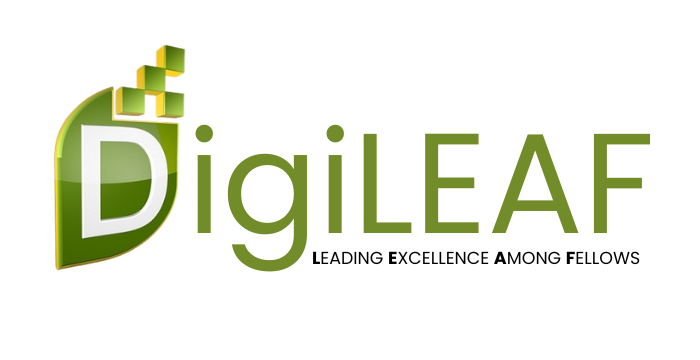–
February 6, 2017
FEBRUARY 6, 2017 | 9:00AM – 5:00PM
Cost: P8,500.00/pax (inclusive of VAT, AM/PM snacks, lunch, training materials, and certificate of completion)
Course Outline: [Click Here]
Register NOW! (02) 404-8027 | (02) 551-2541 | info@digileaf.com
Course Description
This course teaches the fundamentals of business data modeling as it relates to the development of data architecture defined by the scope of work – by project, by program, by department, by division, or at the corporate level. Participants will learn the essentials of data architecture, from data requirements elicitation and validation, to the application of the Object-Role Modeling method. This course will also provide participants guidance on how to improve the quality of data by (1) understanding their meanings; (2) defining and applying business rules and constraints that govern them; and (3) establishing realistic data governance practices.
Objectives
At the end of the course, the participants will be able to:
1.Understand how business data modeling fits within the enterprise architecture process
2.Develop awareness of the benefits of gathering thorough data requirements
3.Apply fundamental techniques in documenting data requirements using ORM notation
4.Understand the role of ORM in the systems life cycle.
Target Audience
- Business Analysts, Business Architects, Business Process Modelers
- Data Architects, Data Administrators, Data Modelers, Database Administrators
- Enterprise Architects
- Project Managers, or any Business Managers
Topics
I. Course Overview
II. Data Requirements Gathering
- Requirements Problems
- Requirements Categories
- Association between Requirements Qualities
III. Overview of Different Data Modeling Methods
- Levels of Treating Information
- Conceptual Level
- Logical Level
- Physical Level
- External Level
- Model-driven Engineering Process
- Fact-based Modeling
III. Overview of Object-Role Modeling (ORM)
- ORM basics
- ORM Conceptual Schema Design Procedure
- Gathering examples and creation of elementary fact types
- Drawing and populating fact types
- Noting basic derivations
- Applying uniqueness constraints
- Documenting value, set, and subtype constraints
- Adding other constraints
3. Documentation Options
